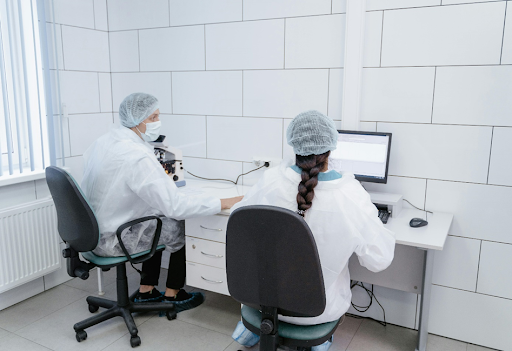An old case is given new light, but is it causing more harm than good?

People who listen to podcasts or its audio equivalent may already be aware of the newest podcast to enrapture a passionate and vocal audience. Serial, a spin-off of This American Life showcases long form “true” stories told in an episodic structure.

It’s first outing dissects the 1999 killing of Baltimore teen Hae Min-Lee, and the controversial court ruling of her ex-boyfriend, Adnan Syed, charged guilty for her murder. Sarah Keonig, long-time NPR correspondent is running the show. All the information is filtered through her lens from which the viewers seek answers to the many looming questions of this complicated case. Week in and week out, listeners follow every word as she delves into her own investigation of the case, with audiences yearning for new nuggets of information, constantly swaying their internal dialogue from guilty to not guilty based upon her findings. This information is packaged in such a way that according to news sources is said to leave you “salivating for more”.

While this makes for rapturous entertainment, there remains a significant difference to her approach as opposed to what a licensed investigator would do. For instance, much of the information given back to the listeners is quite scatter-shot, and purposefully so. Each episode hones in on a particular aspect of the case, without real regard for a timeline and the most significant findings. This was done on purpose, in true crime fashion, as the creators are forming a narrative for the receiver to be most compelled by.
Holding off on various findings till the “moment” is right, would not occur with private investigators. PI’s wouldn’t withhold information from their client without a sound reason. In true crime, crafting an engaging narrative and structure can be more important then the content itself. Which is where the impasse occurs. Licensed investigation acts as a third party objective truth seeker. Someone without bias for the people or story so they can produce unbiased facts and evidence to best solve the case and provide answers.
So while Koenig’s program remains endlessly fascinating, and no matter the outcome she deserves praise for shedding light on a case that needed to be looked into. There is a place for this type of storytelling and investigation methodology. However, even for a case that is still an on-going investigation for Keonig, her manipulation of the audience will remain a divide for a story teller like herself, and the licensed professionals who softly provide harder information on behalf of the client.


